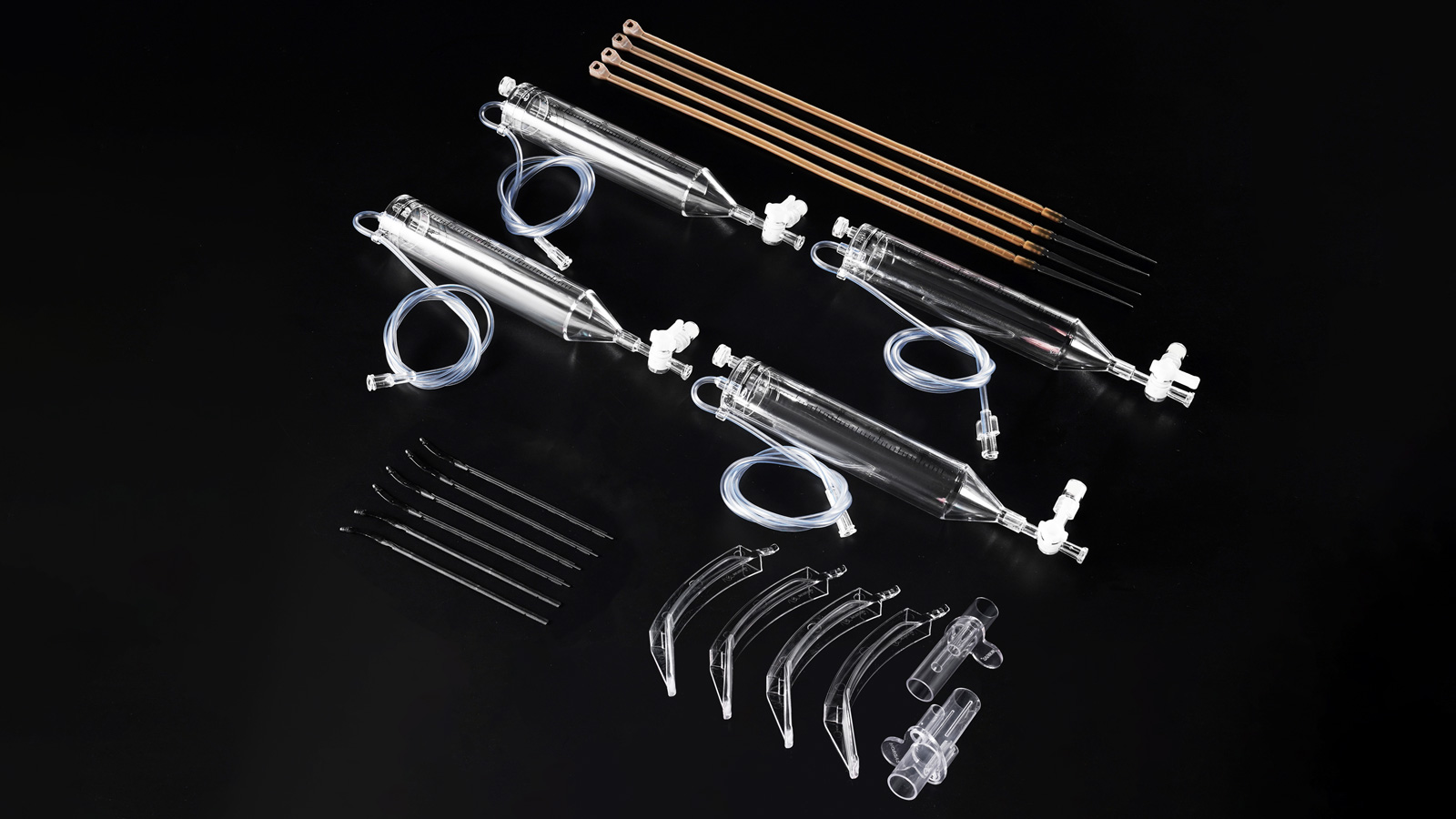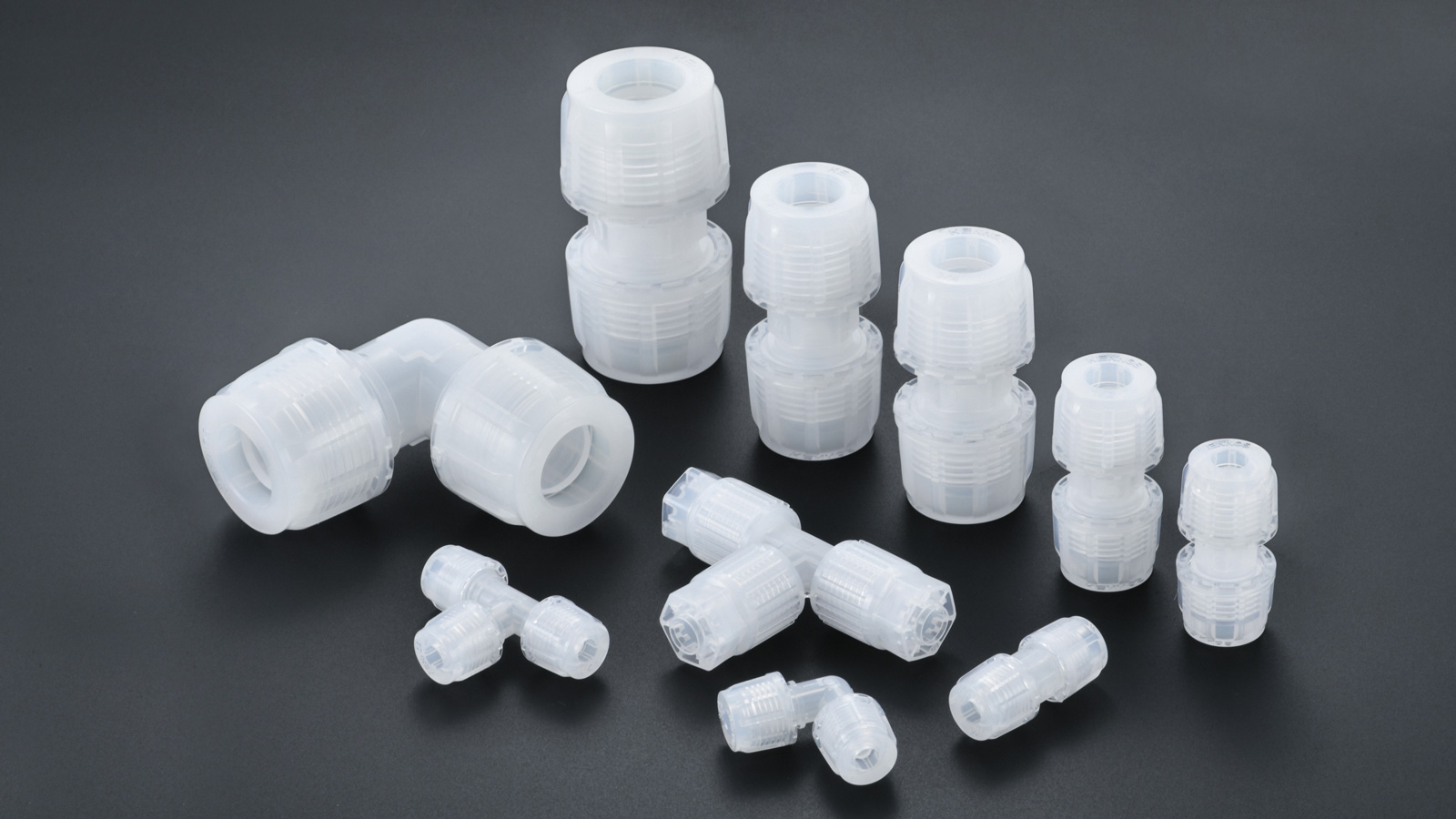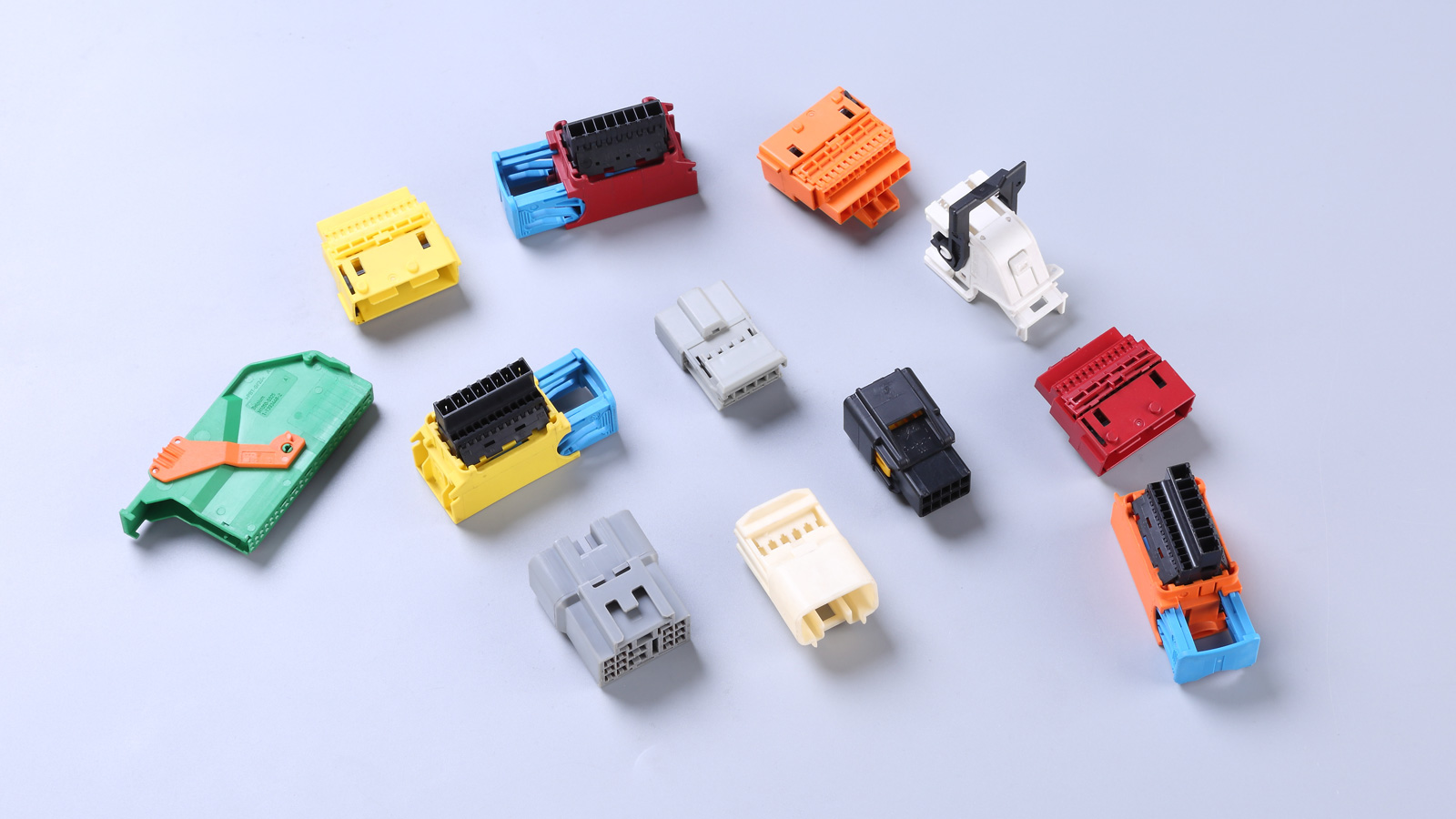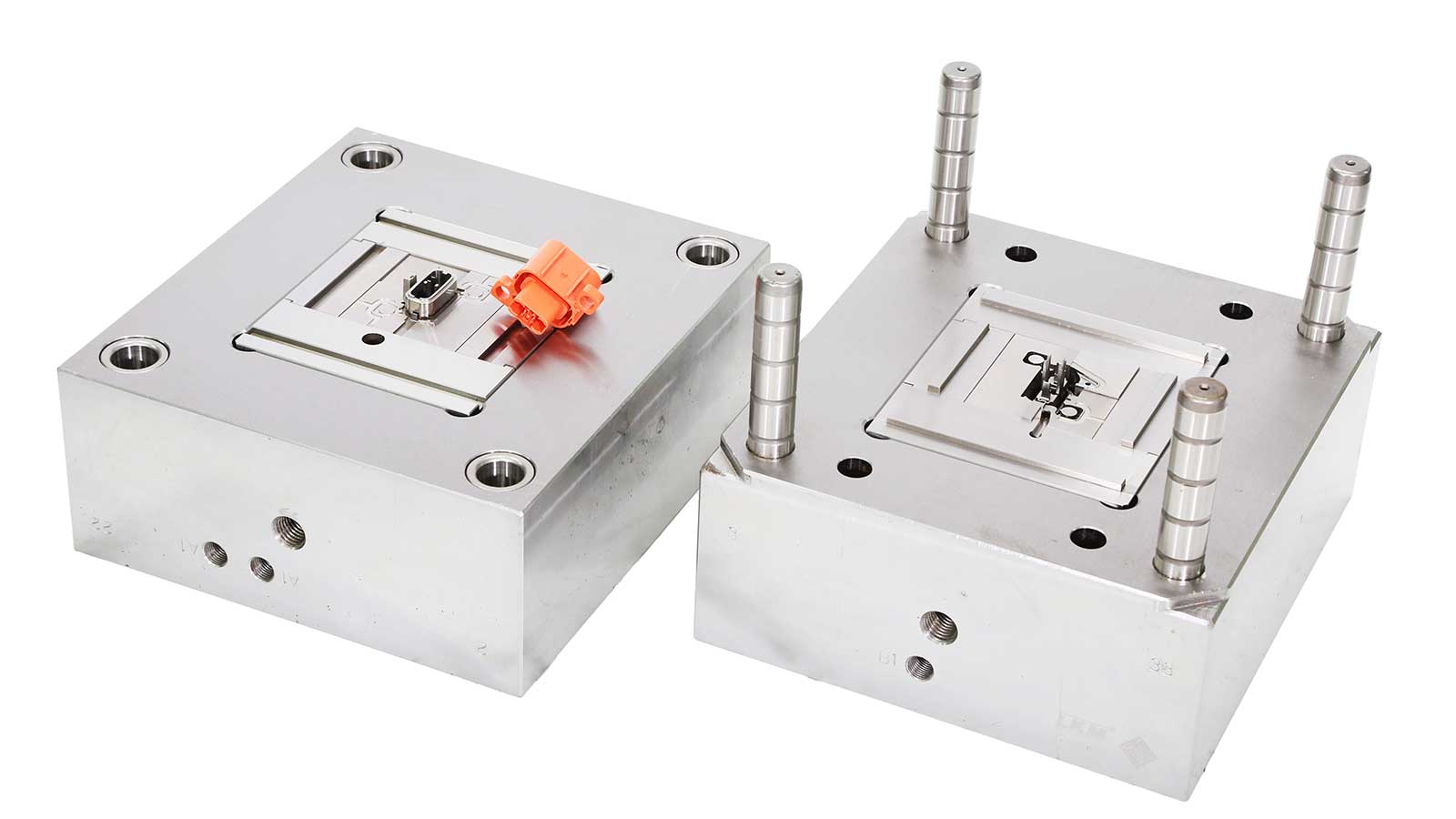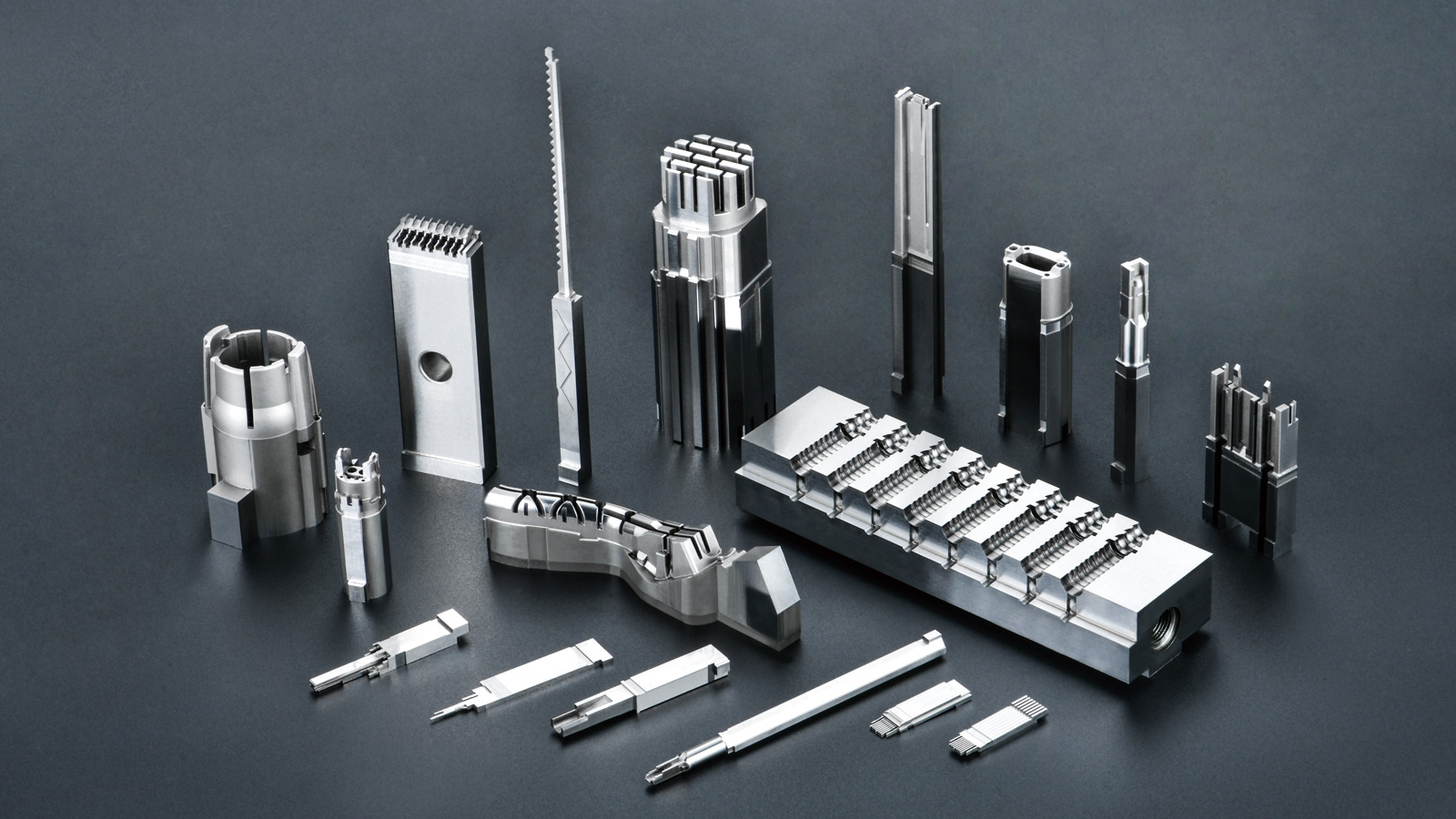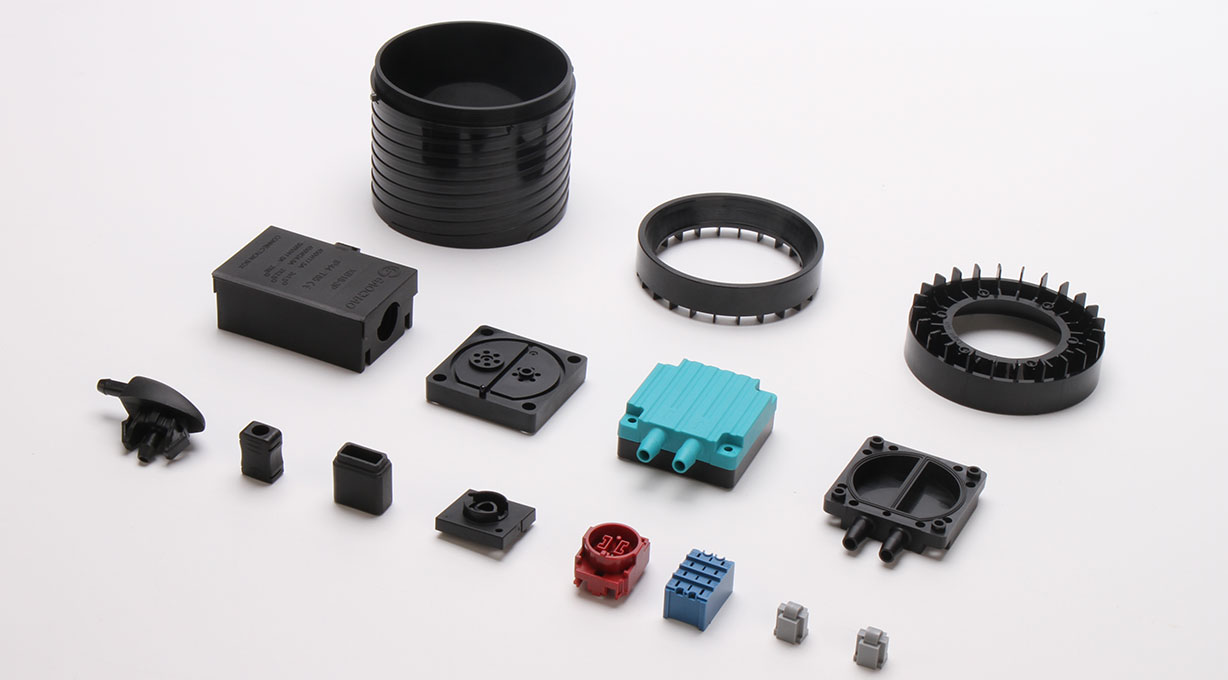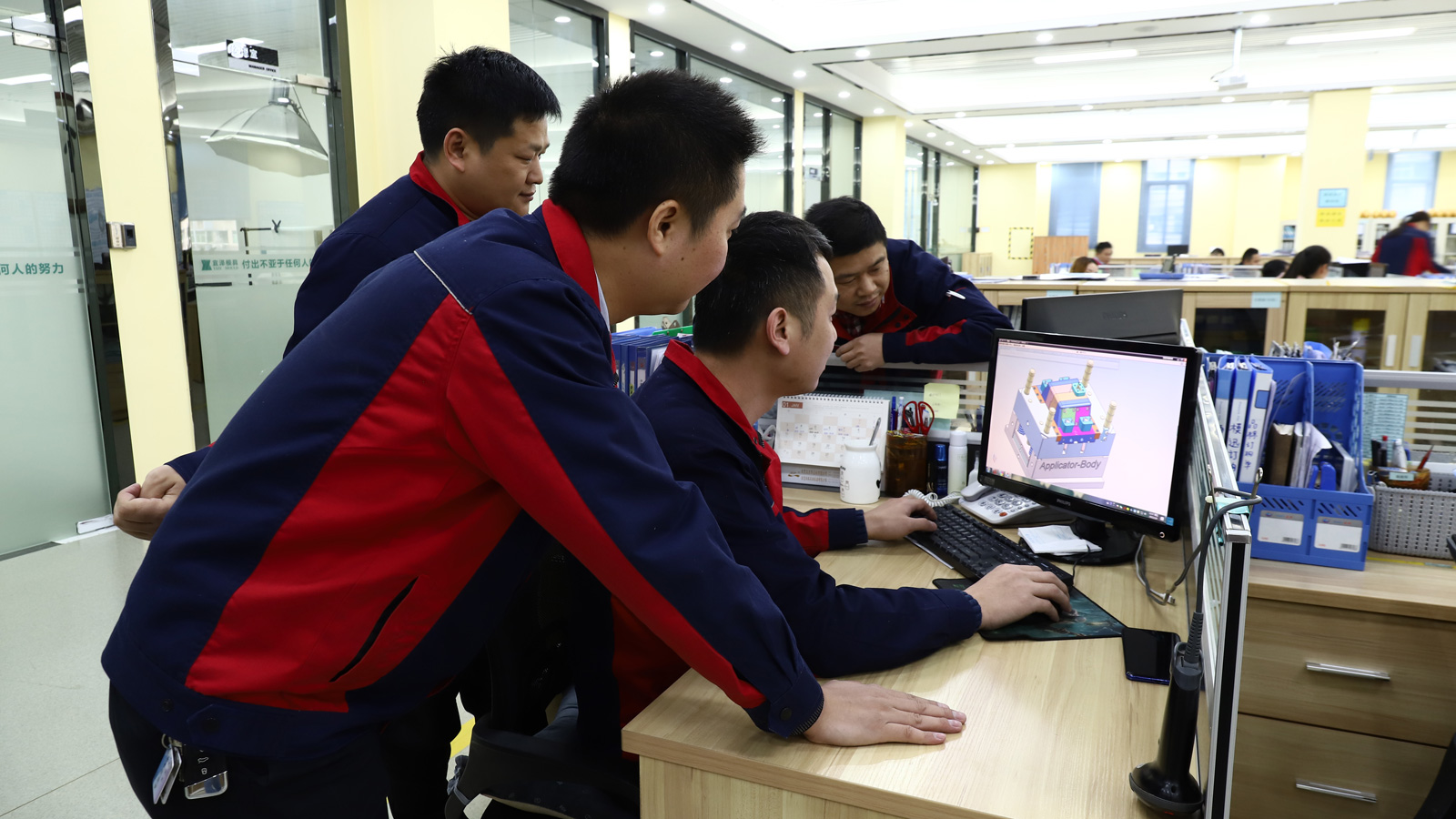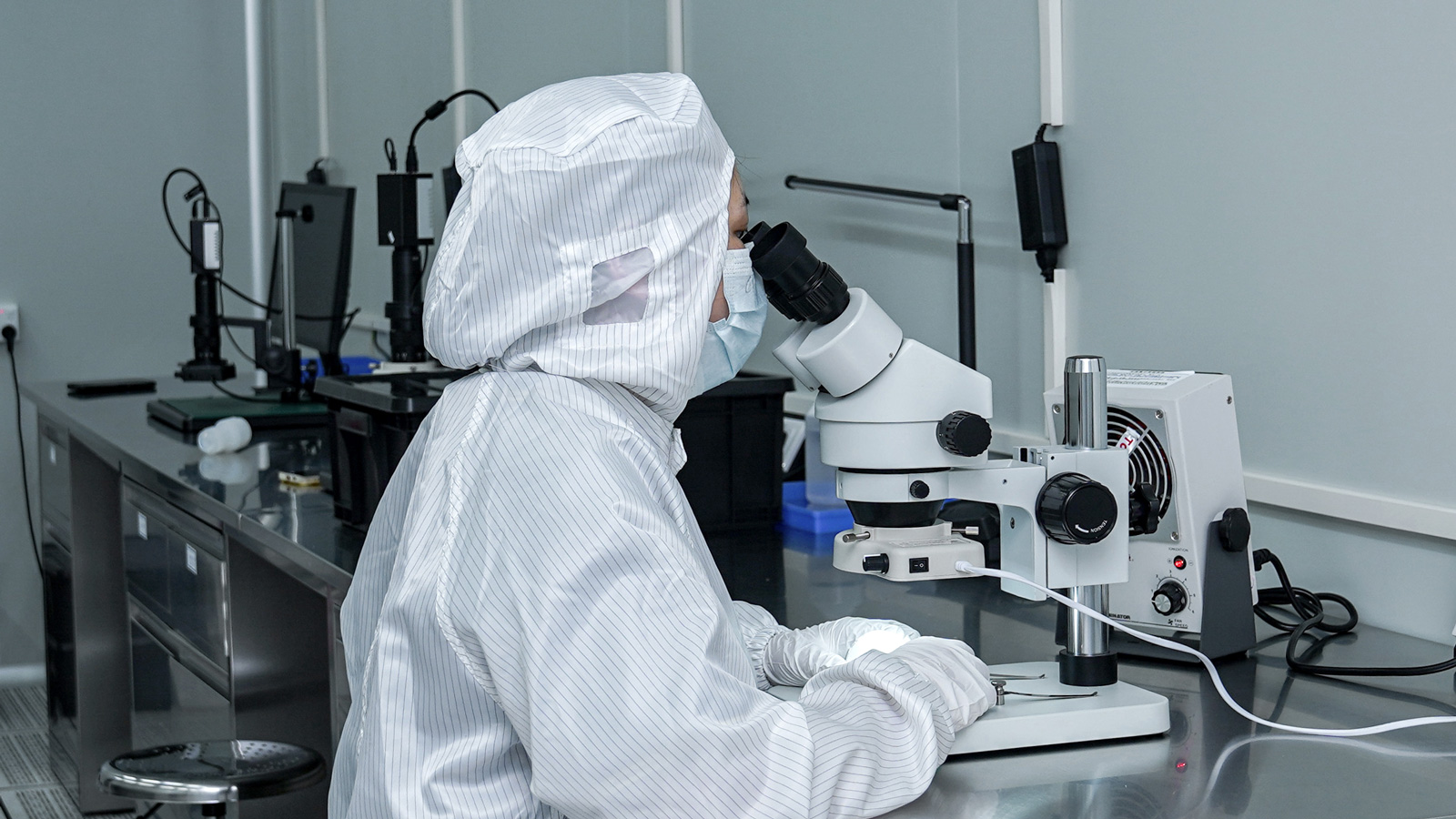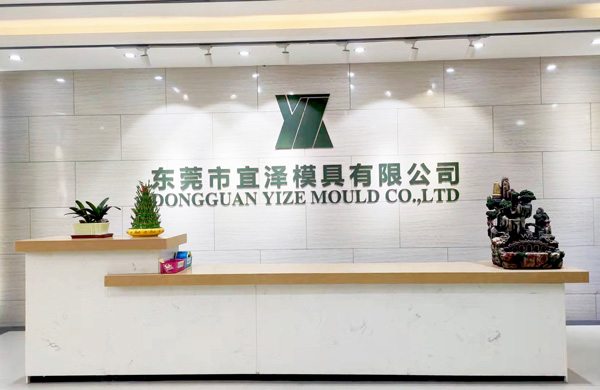In the process of plastic mold molding, the overall size and precision of the injection molded product are important indicators to measure its quality. So, what factors are quietly affecting the size and precision of injection molded products?
First of all, the overall size of the injection molded product depends largely on the fluidity of the plastic. Plastics with excellent fluidity can easily mold larger plastic parts. For thin-walled plastic parts or plastics with poor fluidity, the size of the plastic parts must be carefully controlled during injection molding to prevent the melt from being unable to fully fill the cavity or forming weld marks that affect the appearance and structural strength. To ensure a good molding effect, we also need to start from the plastic mold molding process and the wall thickness of the plastic parts, such as appropriately increasing the molding temperature, increasing the molding pressure, and reasonably designing the wall thickness of the plastic parts.
In addition, the size of the injection molded product is also limited by the molding equipment. The size of the plastic parts for injection molding needs to consider the injection volume, clamping force and template size of the injection machine; while the size of the injection molded products for compression and injection molding needs to take into account the maximum pressure and table size of the press. The degree of conformity between the actual size of the injection molded product after molding and the size in the product drawing, that is, the dimensional accuracy of the plastic part, is directly determined by the molding process and the materials used. On the premise of meeting the use requirements, we should try to design the dimensional accuracy of the injection molded product more reasonably to reduce the difficulty of processing.
So, what specific factors affect the accuracy of injection molded products?
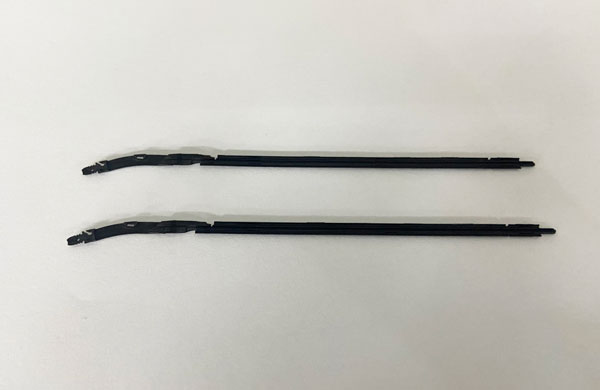
First, the manufacturing accuracy of the plastic mold is crucial to the dimensional accuracy of the plastic part. When designing a plastic mold, we must not only consider the parting surface of the mold to ensure smooth molding and demolding of the plastic part, but also fully consider the fluidity of the molten material during the molding of the injection molded product, including the distribution of the runner, the location of the gate, the exhaust design, and the cooling or heating system of the mold.
Second, the fluctuation of the plastic shrinkage rate is also an important factor affecting the dimensional accuracy of the plastic part. The crystallinity, fluidity, material temperature of the plastic, as well as the mold temperature, injection pressure, holding pressure, plasticizing back pressure, molding cycle, etc., will have different degrees of influence on the shrinkage rate, thereby affecting the dimensional accuracy of the injection molded product.
Third, the wear of the plastic mold during the molding process is also a factor that cannot be ignored. The wear of the mold will cause the mold size to change continuously, thus affecting the dimensional stability of the injection molded product.
Fourthly, changes in process conditions during molding, such as changes in flash thickness and the setting of demolding slope, will have a certain impact on the precision of injection molded products.
In summary, Yize Mold has deeply analyzed the multiple factors that affect the dimensional accuracy of plastic parts, aiming to provide useful reference and reference for everyone. In the process of plastic mold molding, we need to comprehensively consider the above factors to ensure the stability and reliability of the size and accuracy of plastic parts.
